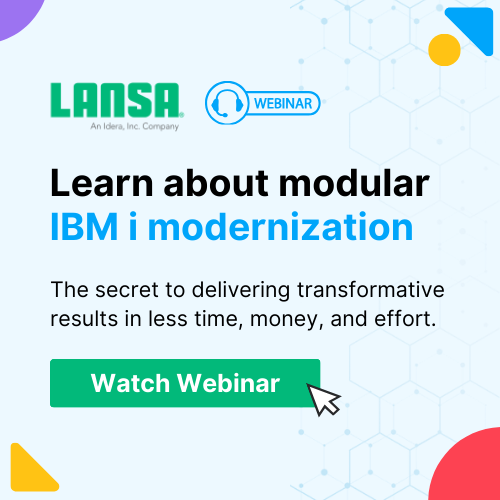RAMP
An IBM i Modernization Strategy for Immediate Results and Long-Term Strategy
A New Approach for IBM i Modernization
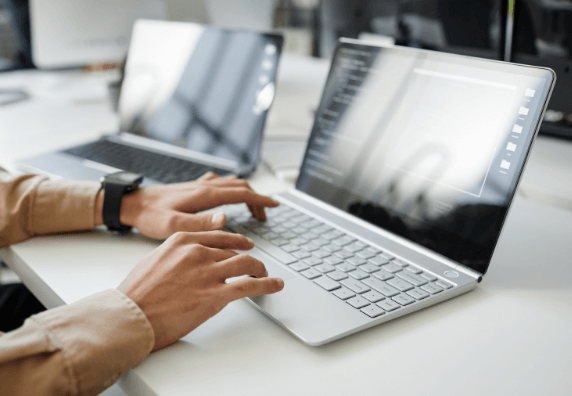
Some IBM i companies believe that modernizing RPG/COBOL applications means refacing existing 5250 screens with a graphical interface. They are right, but they’re missing the big picture.
Others believe that modernizing IBM i application means rewriting large portions of their systems with modern web technologies. Again, they are correct, but no one can afford the time, resources, and risk of large-scale projects anymore.
Rapid Application Modernization Process (RAMP) is an incremental modernization approach that implements the best of refacing existing applications and new development.
By consolidating existing functionality with new capabilities inside RAMP’s application framework, you get to have the applications you want without having to throw everything away
Modernization is performed in stages, new functionality can be introduced incrementally without serious impact to business operations, and the user interface becomes consistent across all of the applications.
Features
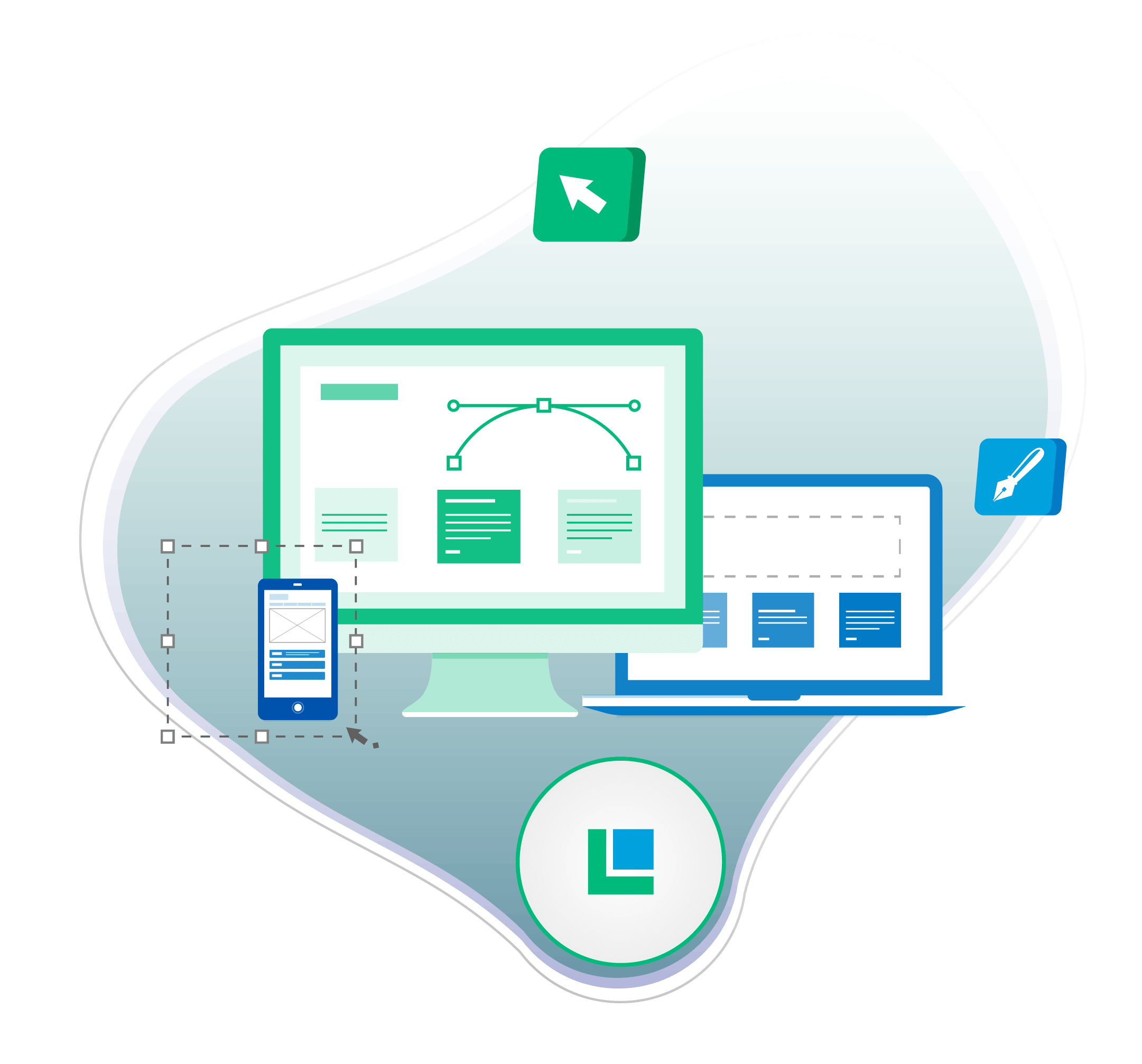
Prototype and Design the New Application
Imagine you were given a blank slate to create new applications without being constrained by your legacy applications. RAMP allows you to design the application of your dreams and then let LANSA figure out how to repurpose existing assets to run inside the new system. In the first stage, you define your modernized application design.
- GATHER USER FEEDBACK early and often to validate end-user requirements and ensure IT doesn’t miss the mark with user expectations.
- USE RAMP’S PROTOTYPING ASSISTANT to develop a new vision for your next-generation applications.
- CODESIGN APPLICATION FLOW AND FUNCTIONALITY with line-of-business leaders since it can be difficult for users to define what they want.
- THE OUTCOME OF STAGE 1 is a working prototype that is sharable with stakeholders and other line-of-business leaders.
see more

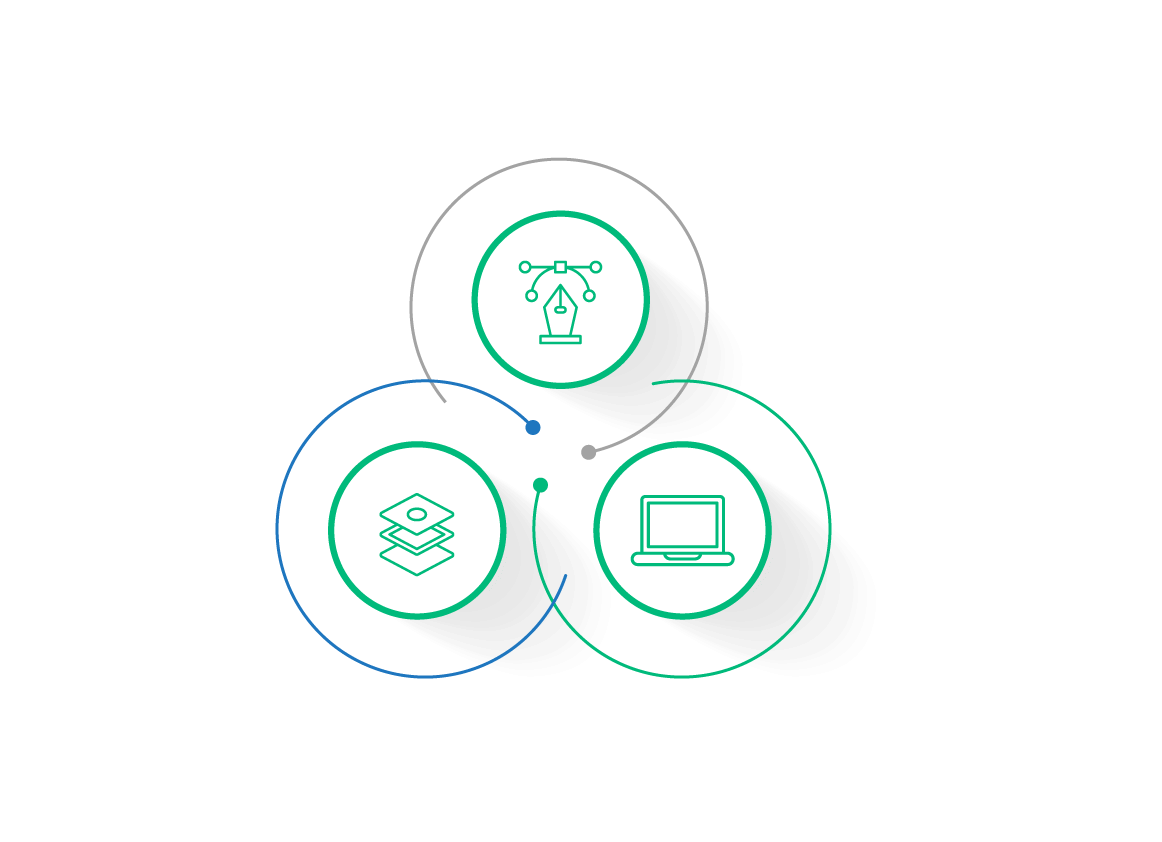
Navigation, Integration, and Initial Enrichment
You’ve just prototyped your dream application, so now what? Don’t worry, your prototype is not a throwaway; it will actually evolve into your production application.
In Stage 2, you decide which parts of your existing 5250 applications are good and bad by identifying screens as either navigation screens or work screens. RAMP allows you to reface the work screens and snap them inside the prototype. RAMP will also hide the navigation screens from the user by traversing them behind the scenes—users only see work screens.
The modernized 5250 application will operate like a modern Windows desktop or web browser application.
Designers can email an application URL to users so they can review and provide immediate feedback. Users participate and witness the gradual transformation from prototype to final application
Time permitting, RAMP lets you mix and match your existing 5250 screens and with brand new LANSA components if you need to augment your current IBM i applications with new functionality.
The outcome of Stage 2 is to deploy the first version of your fully functional, modernized application.
see more
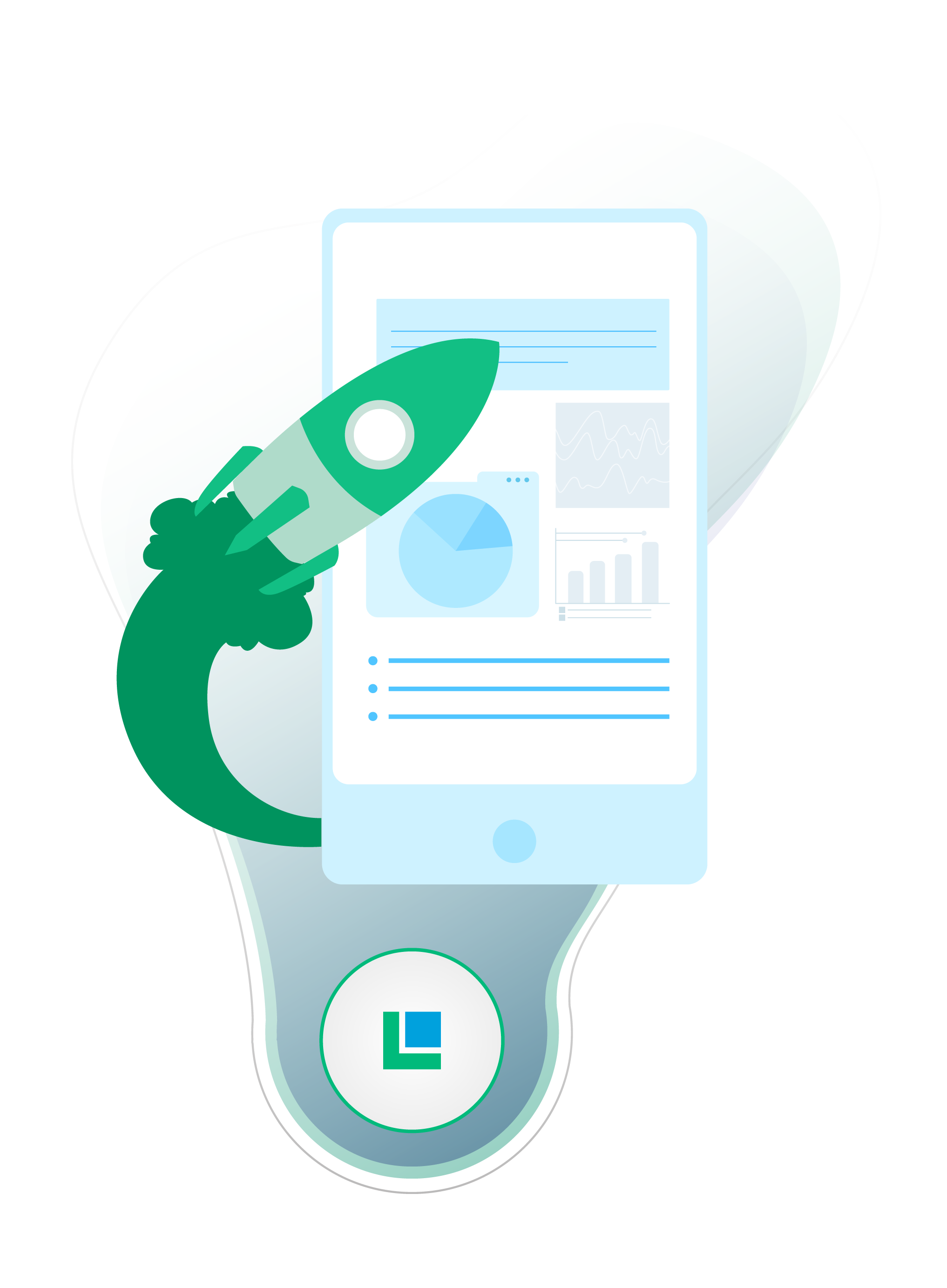
Ongoing Reengineering and Enrichment
The final stage builds on the modernized application developed in Stages 1 and 2.
At your own pace, you incrementally replace functions from your 5250 applications with new, modern, repository-based LANSA components that support new technologies such as web services.
If server-platform independence is a vital objective of your legacy-system modernization strategy, you can replace all of the RPG, COBOL, and DDS dependent programs with new LANSA components.
The final result is more than modernization; it is a fully reengineered application built with your vision to your plan and ready for your platform of choice.
Stages 1 and 2 will satisfy your immediate modernization needs—and this is where all other IBM i modernization solutions stop. With Stage 3, RAMP allows you to resume your modernization journey and continue digitally transforming your business.
see more

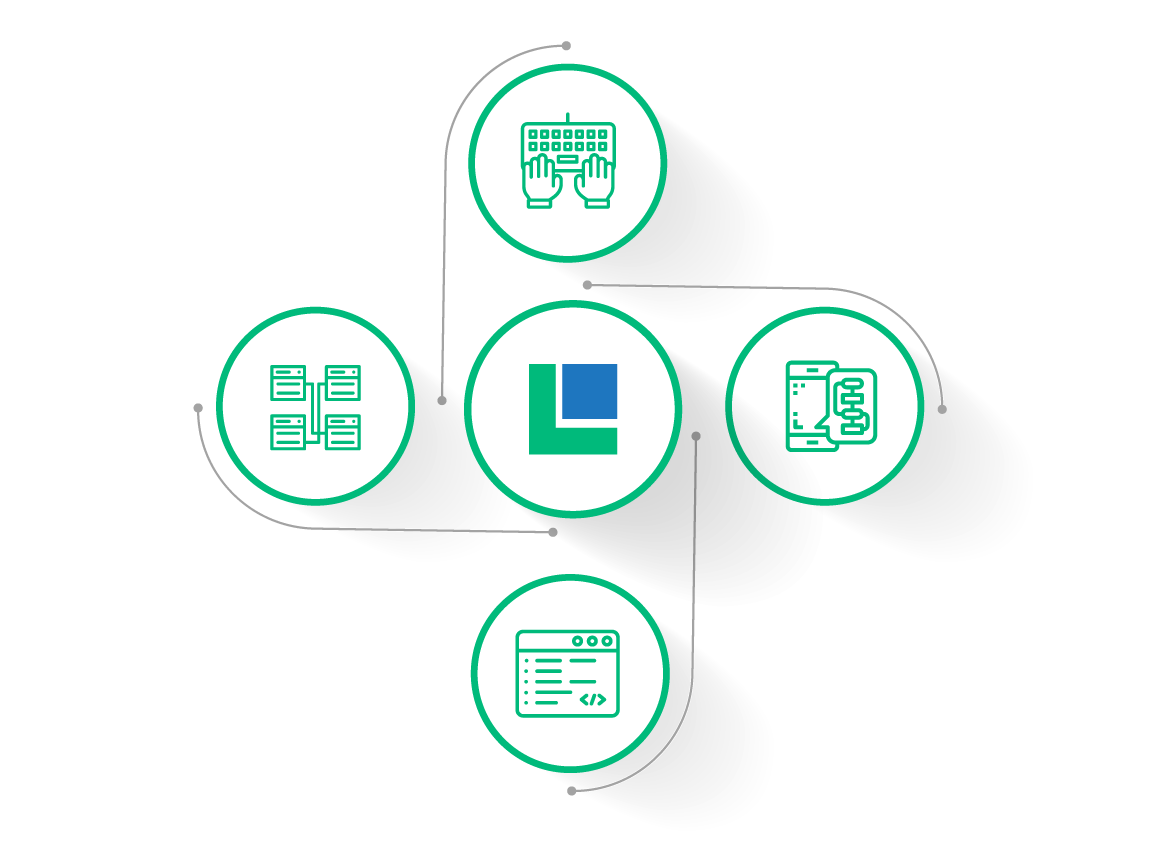
What Makes RAMP Different from Other Modernization Solutions?
RAMP’s ability to combine the old with the new addresses both your immediate tactical issues for green screen to GUI modernization as well as your long-term redevelopment and replacement strategies for 5250 modernization.
With RAMP you start with a modern application. The framework is already a desktop, web, or mobile application where you combine your 5250 application with others to assemble a composite application. You evolve the resulting composite application by adding new parts and gradually replacing the 5250 work screens after they’ve outlived their shelf lives.
Just adding graphical controls to 5250 screens will not enhance their business value. RAMP raises the legacy-system modernization bar to a new level and delivers much more than conventional refacing technologies. RAMP delivers a brand new system without starting from scratch.
Applications modernized with RAMP also expand your choice of client devices, including Windows, Linux, Apple MacⓇ, iPadⓇ, and AndroidTM tablets.
see more
Benefits of RAMP
RAMP’s modernization process is nonintrusive, is easy to deploy, and takes into account the real-world requirements of companies who want to modernize existing 5250 applications without disrupting day-to-day business activities.
Reduced Risk and Maximize ROI
RAMP allows you to reuse the best parts of your current systems and augment them with the new functionality your users have been requesting. Reduce risk by leveraging the tried-and-true parts of your applications and maximize ROI by reusing your customized code.
Designed for Today and Tomorrow
The RAMP framework insulates your applications and developers from the complexities of the underlying hardware and operating systems. Your applications will always be ready and enabled for future changes, enabling developers to focus on building software instead of technology.
Improved User Productivity
Today’s users feel instantly familiar with RAMP’s modern web browser or Windows desktop interface. Users can work with multiple applications at the same time, create a customized user experience, access capabilities not available in 5250, and perform their daily tasks faster.
Increased User
Interface Flexibility
RAMP removes the constraints of 5250 applications. With RAMP, you choose what parts of the 5250 applications you want to modernize and how you want them to look. Deploy as a Windows application for better desktop integration and performance in a web browser for the easiest deployment.
More Responsive to
Business Needs
Faster development means IT can be more responsive to meet increasing business requirements. Since RAMP provides all the plumbing code for your applications, developers focus on building actual applications instead of layers of foundation code. Less coding means faster results.
Easier and Faster Application Updates
RAMP reduces administrative costs by simplifying deployment. RAMP’s rapid deployment architecture enables IT to provide users with continual enhancements using targeted updates only new components and/or enhanced components.
RAMP by LANSA Resources
Datasheet
Case Studies
- The Beacon Insurance Modernizes and Streamlines Insure/90
- TCM Modernized System Simplifies Complex Business Processes
- LANSA Holds the Key for STRATTEC
- Francis Marion University Modernizes with RAMP
- John Wiley & Sons Re-engineers Its Applications for the Web
- IBM Systems Magazine: Enough Already with the Modernization
Beacon Insurance Modernizes and Streamlines Insure/90
Some companies choose to implement big ERP packages that require them to change their business in order to match what the ERP vendor deems best practices. It is technically and financially challenging to add or customize functionality after the fact. Because of this, Kawasaki Motors Manufacturing Corp. chose a different path and is reaping the benefits.
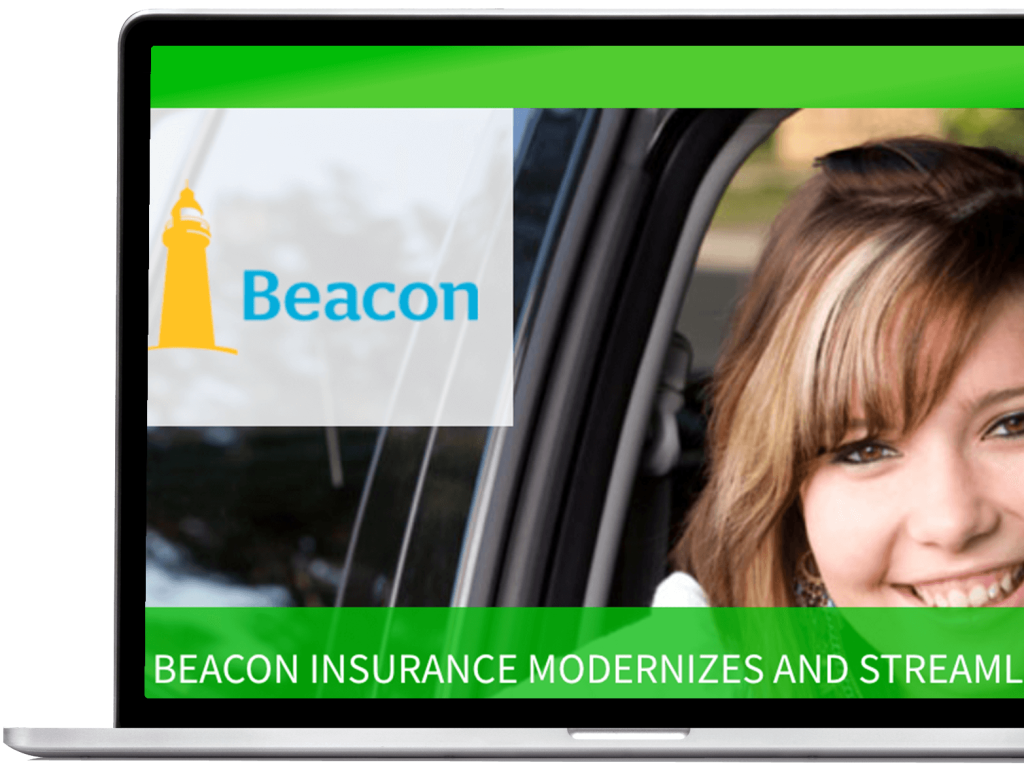
Low Risk. High Reward.
Boost user productivity and minimize disruption utilizing RAMP’s nonintrusive modernization process

User Interface
- Snap existing 5250 screens into a rich GUI framework – RAMP gives your green-screen applications a graphical user interface familiar to most users.
- Solve the 5250 application navigation problem – Replace complex 5250 hierarchical menu structures that have many hidden paths with a point-and-click graphical user interface.
- Enhance the image of the application – A modernized user interface can vastly improve the image of an application.
Modernize and Extend
- Add new features to the application at your own pace – Extend the application’s functionality with email, video, voice, web browser interfaces, and desktop integration without disruption to your business and customers.
- Extend the modernized application by adding components built with Microsoft development tools – Write components in C# using Microsoft Visual Studio and snap the components into the framework to extend the functionality of the 5250 application.
- No need for source code – RAMP is a nonintrusive method for 5250 modernization. RAMP requires no change to the 5250 applications and therefore does not need the source code. You can modernize packaged applications even when you don’t have the source code.
Performance
- The framework is mindful of performance and operates on a load-on-demand model.
- The initial load requires only the essential components.
- The framework loads other components only when the user invokes functions in the application that use the components.
Developer Tools
- Developers can take advantage of components shipped with the framework – The framework includes ready-to-use components that developers can implement when modernizing 5250 applications.
- RAMP supports prototyping when modernizing 5250 applications – Versions of the prototype can be quickly emailed to users for evaluation and feedback.
- XML schema – The modular design of the framework means that many developers can work on different parts of the application at the same time.
- Simpler to code – Developers work on components rather than the whole application.
- Faster testing – Testers can check individual components. When the components pass their tests, they are added to the framework and then tested in the application.
- Developers do not need the source code – With RAMP, developers do not need to change the existing applications and don’t require the RPG, COBOL, or DDS source code.
Deployment
- Generate Windows desktop applications.
- Generate web browser applications that support ChromeⓇ, FirefoxⓇ, SafariⓇ or Internet Explorer 11Ⓡ or later.
- Run the modernized applications on your choice of platform: IBM i (System i, iSeries, AS/400), Windows, or Linux.
Gradual introduction to object-oriented concepts
- RAMP is based on object-oriented concepts such as inheritance.
- Benefits of OOP methods will become more obvious to developers as they progress through the 5250 modernization.
Multilingual
- Supports multilingual and DBCS applications
Recent Case Studies
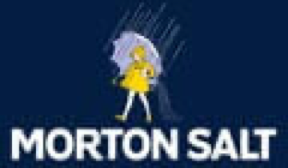
Morton Salt Keeps on Pouring with LANSA

Elder’s web portal – digital transformation success with LANSA




